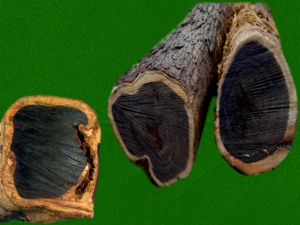Interesting Health Benefits of Exotic Swallow Wort Calotropis
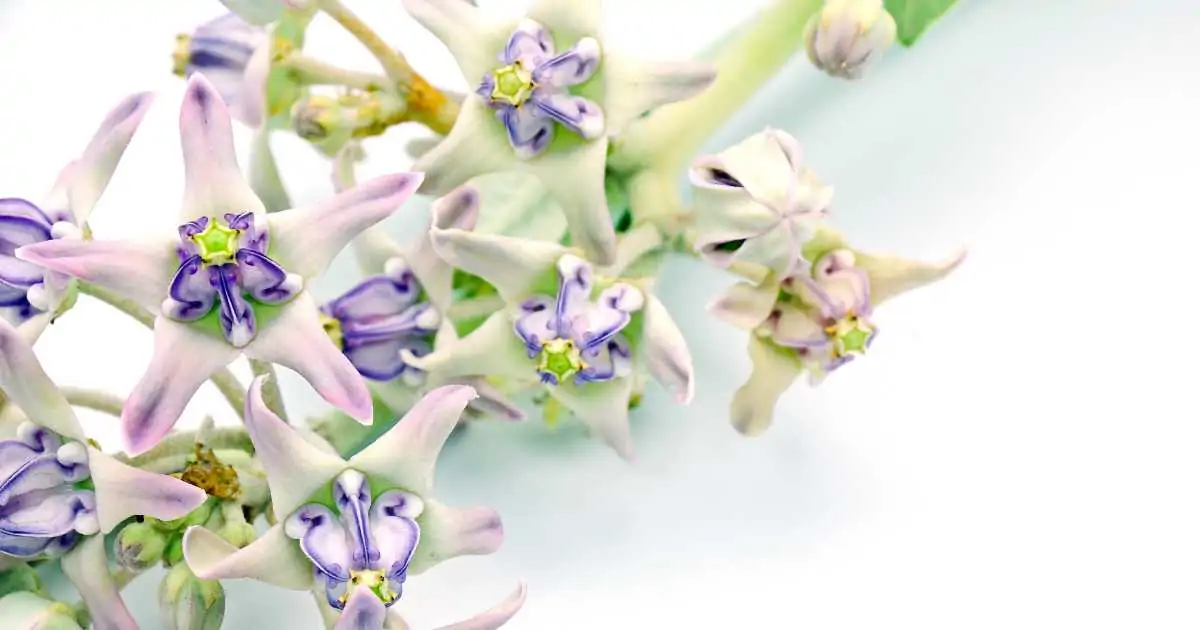
Exotic Swallow Wort a.k.a Milkweed
Plants used in medicine add significant biological value to the betterment of humans and animals. Medicinal plants are also a food source, add flavors and provide remediation.
Swallow wort (Calotropis gigantea) is a herbaceous perennial in the family Asclepiadaceae, native to tropical Africa, Arabia, India, and Pakistan.
Calotropis Procera is widespread in tropical and subtropical regions of the globe, it is distributed through out several phytogeographic areas with different edaphic properties (according to soil conditions). Consequently, it shows significant polymorphism and various metabolites according to different environments.
Swallow wort Calotropis is also commonly known as Giant Milkweed. This soft-woody shrub has remarkable capability to inhabit abandoned and barren lands. It can tolerate poor soil with limited nutrition and moisture.
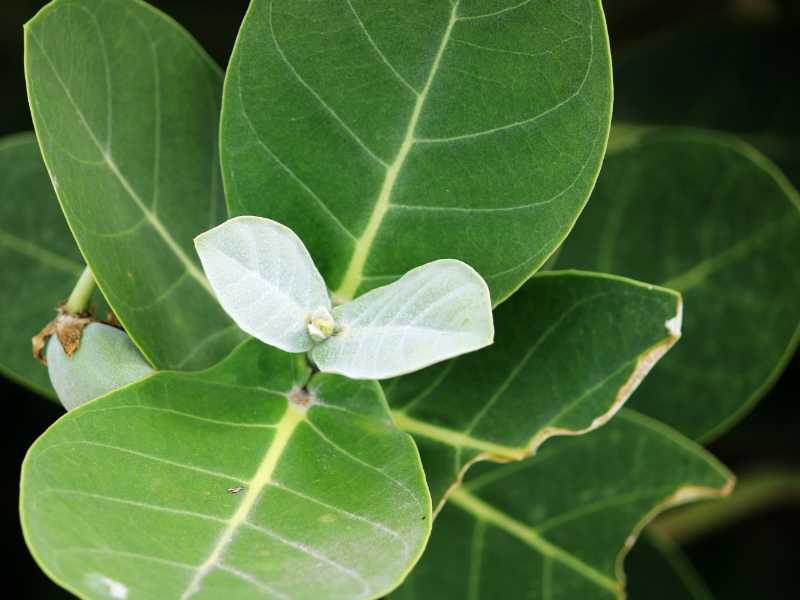
It is known to establish an intensive root system as a drought resistance mechanism. Calotropis Procera exhibited allelopathic properties and phytoremediation, and also considered invasive in many habitats.
The plant grows to a height of 2–3 m (7–10 ft) with a spread of 1.5–2 m (5–6.5 ft). The leaves are ovate to lanceolate, 10–20 cm (4–8 in) long and 5–10 cm (2–4 in) wide, with a terminal point. The flowers are white, borne in clusters at the leaf axils. The fruit is a follicle, 10–15 cm (4–6 in) long, containing numerous seeds.
Swallow Wort Calotropis Fruit
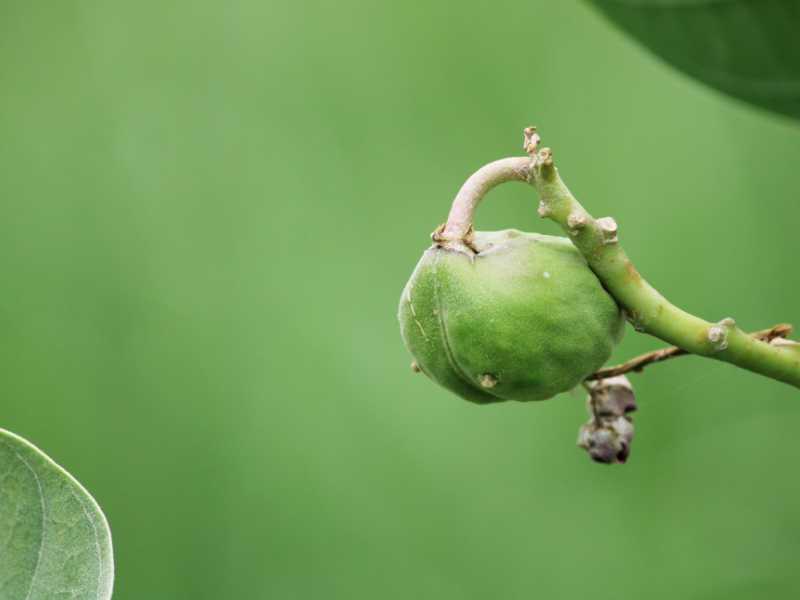
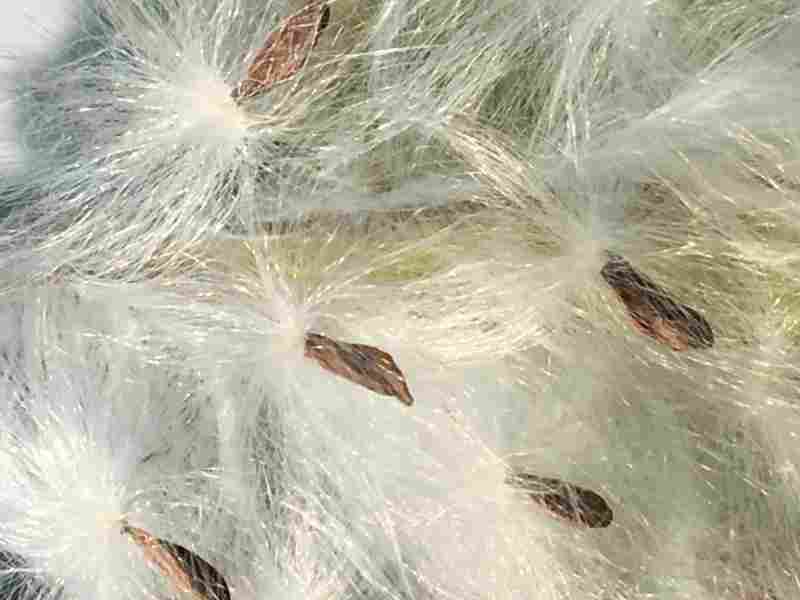
Sodom Apple, the fruit of Swallow wort or Calotropis gigantea, contains nearly hundreds of seeds with silky fibers, lightweight as air.
Health Benefits of Swallow Wort Calotropis
Calotropis Procera being very toxic and with some serious adverse effects, can have significant benefits at many levels. It has been known traditionally, in folk medicine, to have a strong laxative effect and anthelmintic properties (Drugs that expel parasitic worms) and is used in treating leprosy, ulcers, tumors, and piles.
- The latex secreted by Calotropis has traditionally been used to heal wounds and stop bleeding from fresh cuts. Scientific testing has shown that its latex has significant blood-clotting and blood-thinning properties. It contains thrombin-like enzymes responsible for clot formation and plasmin-like enzymes that dissolve clots.
- The family of plants that Calotropis procera belongs to is known for its ability to treat heart failure due to cardiac glycosides in its latex. Cardiac glycosides are cardioactive compounds that help increase the strength of heart contractions, making them an effective treatment for heart failure.
- Other modern-day studies have shown that the methanolic extract of the root bark of Calotropis Procera has anti-cancer properties. Studies have shown that it is more effective than Cisplatin, the positive control, on lung and prostate cancer cell lines.
- A study on rats evaluated the anti-diabetic characteristics of swallow-wort Calotropis leaf extract, which revealed an inhibitory effect of carbohydrate (hydrolyzing) enzymes such as α-amylase and α-glucosidase. The test was conducted on Albino Male Rats and showed a positive impact on treating hypercholesterolemia conditions.
A word of caution, Calotropis Procera was found to be highly toxic when introduced to mice food, resulting in high abortion rates. The poisonous effect of latex and ethanolic leaf extract of Calotropis Procera can be used as rodent control.
Swallow Wort Calotropis as Pesticide

Studies have determined that some botanical compounds such as alkaloids, nicotine, anabasine and lupirtin in the extracts of Calotropis procera latex are highly toxic to mosquito larvae and the white garden terrestrial snail Theba pisana.
Detoxification Or Pacifier for Calotropis Procera poisoning/toxin
No doubt that Calotropis is a poisonous plant and should be handled with caution and care. A thick milky juice is yielded upon breaking or crushing its stems, flowers, and leaves. Active principles of Calotropis poison are Uscharin, Calactin, Calotropin, and Calotxin.
Symptoms of Calotropis Poisoning
- It causes redness and vesication when applied directly to the skin.
- Its Latex (milky Juice) is bitter to taste when taken orally and causes a burning sensation in the stomach and throat. Also, it causes dilated pupils, vomiting, diarrhea, and tetanic convulsions; upon taking a considerable amount.
- Its fatal period is between 6 to 12 hours.
Traditional & Organic Pacifier for Calotropis Poisoning
Cow, specifically Buffalo milk, is a nutrient-rich food with good fats. We usually consider milk to be part of our daily diet. But at the same time, it can be life-saving in case of most poisoning conditions.
Specifically, in Calotropis poisoning, one must drink a good amount of hot milk with Organic Butter Based (Organic Milk Ghee). And immediately contact the nearest hospital. Upon delaying, it could lead to stomach washing, unfortunately.
FAQs
Yes, Calotropis is poisonous to humans only if taken more than the recommended amount, in milligrams.
Yes, Calotropis can cause death if consumed in a considerable amount. Its effective time is between 6 to 12 hours.
Yes, Calotropis milk is poisonous. More than a few drops can cause severe damage to human organs such as the stomach.
No, It should never be eaten raw. Still, it is cooked in milk in traditional folk medicine to pacify its toxic effects. And its consumable amount is not more than a few milligrams.
In modern-day medicine, it has yet to make its mark. But in traditional medicine it has been used to treat Leprosy, Snakebites, Cough, Asthma, and some Digestive disorders.
It can be used in different forms; Inhaling or its stems and leaves crushed and applied externally or its roots cooked in milk. Nevertheless, it’s not your daily use plant.
Yes, it’s an invasive weed. It can colonize in any warm and dry weather.
It has many names depending on which part of the world you are in. These names are Sodom-Apple, AaK, AK, Alarka, Arbre de Satan, Akada, and Swallow wort calotropis.
It is advised to wash your eyes as soon as possible. It can cause itching, redness, and temporary blindness.
Only Temporarily if not washed immediately.
All parts of calotropis are poisonous, but it’s latex is the most toxic.
You should never drink its milk; it’s bitter to taste and can cause severe stomach burns and wounds.
Conclusion
In addition, the plant’s latex has been known for cardiac glycoside content and contains compounds with pesticide properties. The plant’s biomass also proved to be a good source of renewable energy and hydrocarbon. Finally, Calotropis procera populations have an immense ecological role as habitat for several organisms, displaying phytoremedy properties (Cleaning contaminated environment) in contaminated soils and its ability to rehabilitate deserted land, bringing back life once again.





